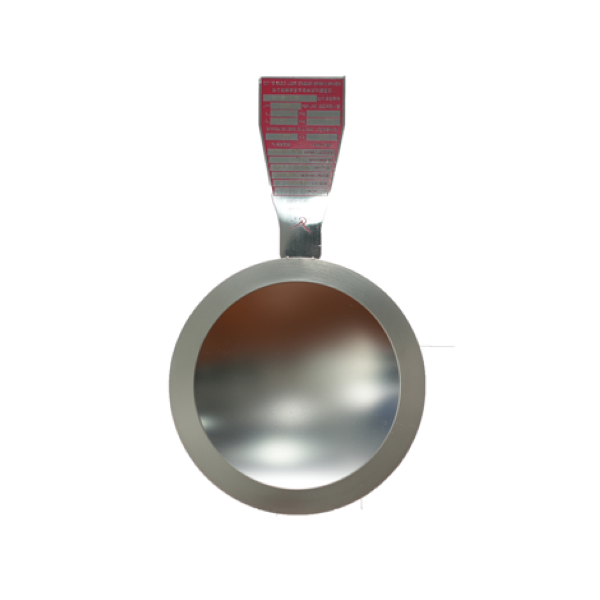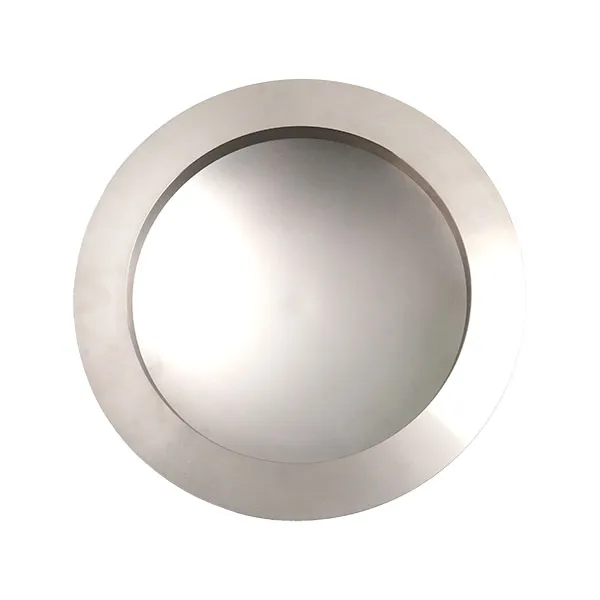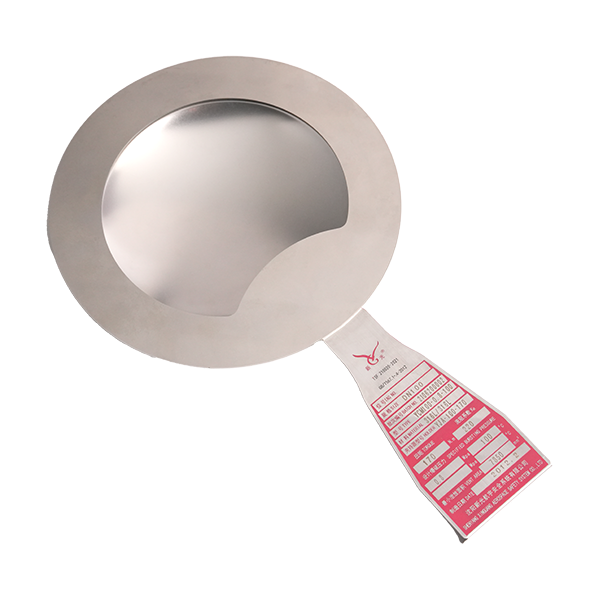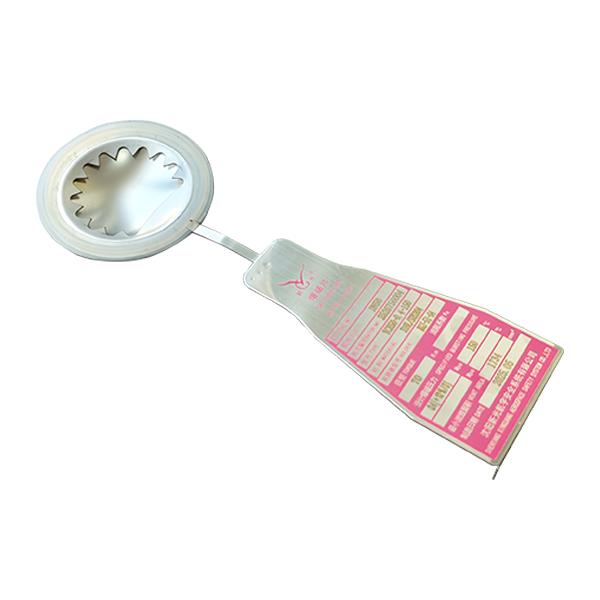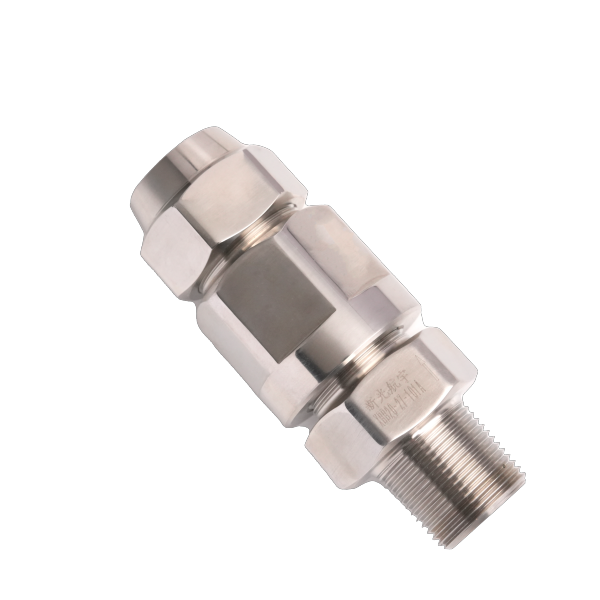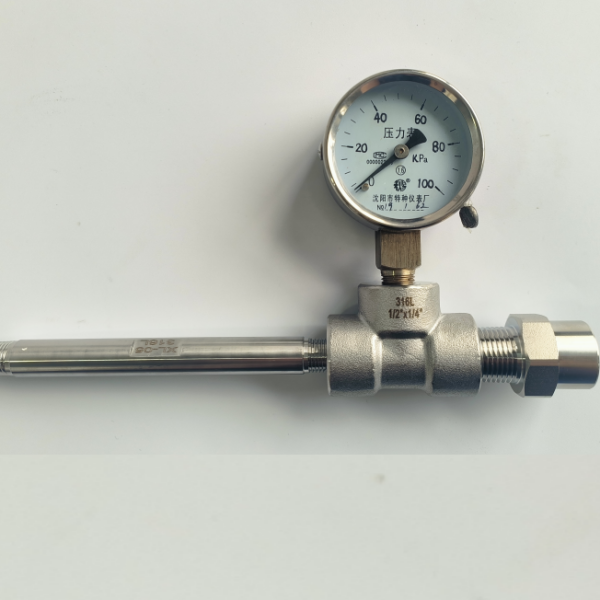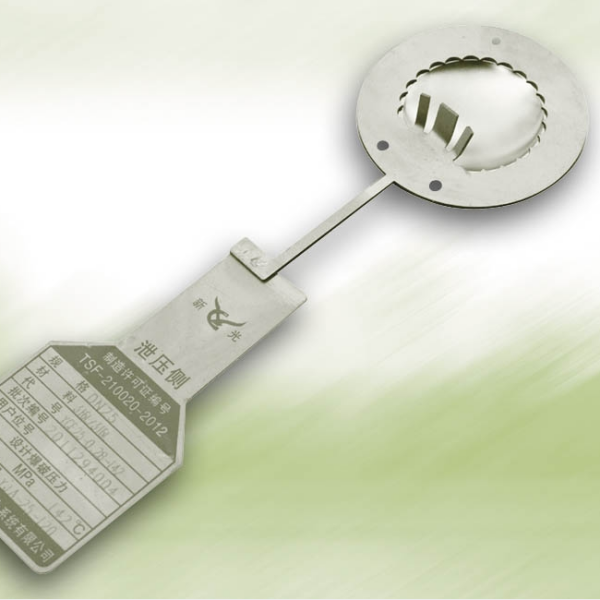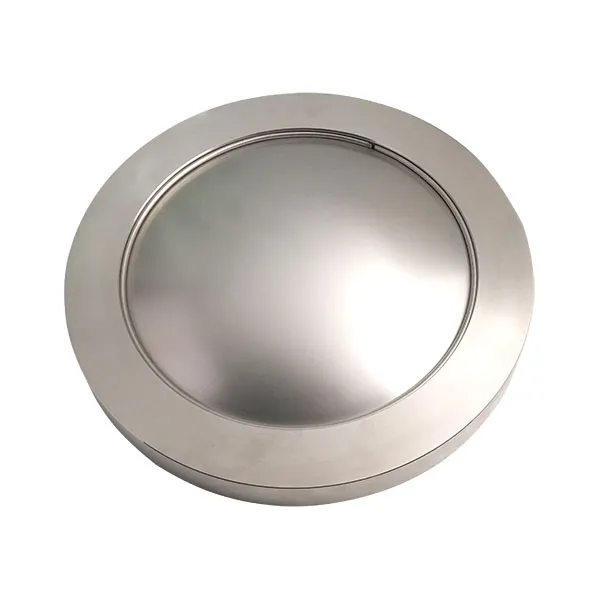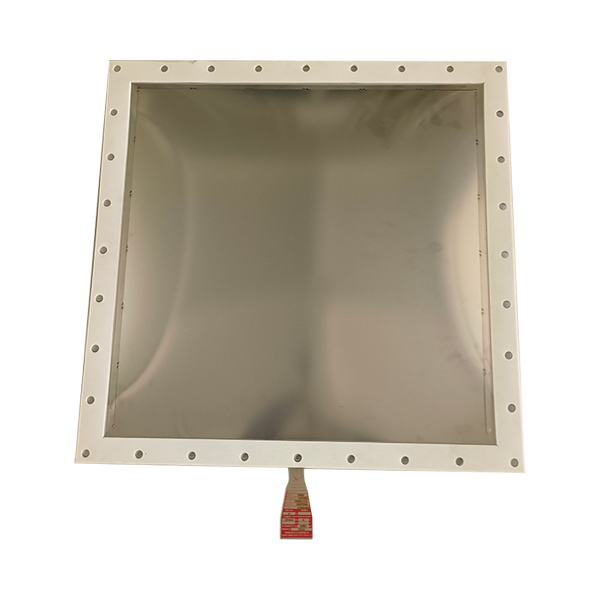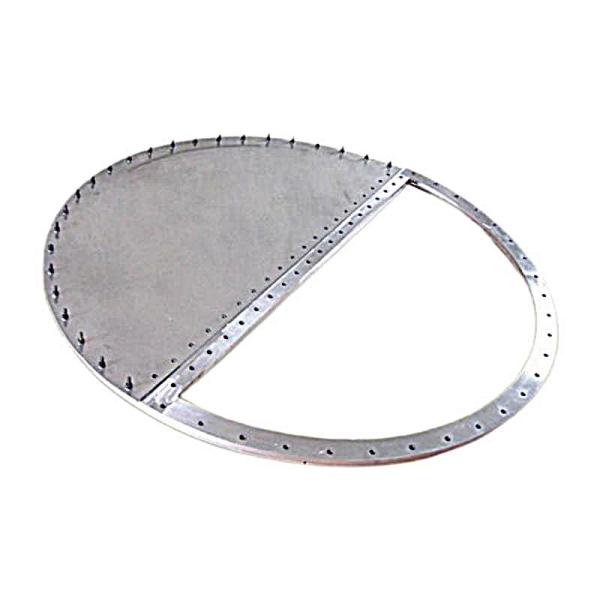In the industrial safety protection system, the combination of rupture disc and safety valve is a common safety protection strategy. The cooperation of the two devices can provide dual protection for equipment and production processes. However, not all rupture discs are suitable for use with safety valves. If the combination is selected incorrectly, not only will it not be able to achieve the expected safety protection effect, but it may bury major safety hazards and even cause serious accidents such as equipment failure and media leakage. An in-depth understanding of the adaptability of rupture disc and safety valves is very important to ensure the safety of industrial production and reduce the operational risks of enterprises.
From the point of view of the working principle, the safety valve is an automatic valve. When the pressure in the system exceeds the set value, the valve automatically opens to relieve pressure. After the pressure is reduced, it can be automatically closed and can be reused. Rupture disc is a disposable pressure relief device that quickly breaks when the pressure reaches a predetermined value, releasing excessive pressure. In theory, the reasonable combination of these two devices can achieve more reliable overpressure protection, but in practical applications, the combination of rupture disc and safety valve is restricted by many factors.
Some rupture discs with special structures are not suitable for use in series with safety valves. For example, a fragmented rupture disc will produce a large amount of debris when it breaks. If it is installed in series with the safety valve, these debris may clog the spool of the safety valve, causing the safety valve to fail to open or close normally, and the entire safety protection system to fail. In chemical, petroleum and other industries, for equipment such as reactors and storage tanks, if this type of rupture disc and safety valve combination is used, in the event of overpressure, not only will it fail to relieve pressure in time, but it may also cause more serious consequences due to the failure of the safety valve.
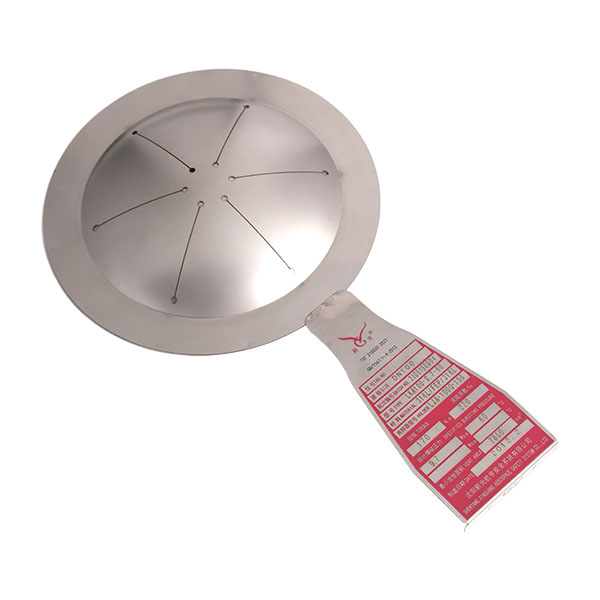
At the same time, some rupture discs with special materials and coatings are also not suitable for use with safety valves. In order to enhance corrosion resistance, some rupture discs will be coated with special coatings on the surface, but these coatings may peel off during blasting and enter the inside of the safety valve, affecting the sealing performance and normal operation of the safety valve. In addition, some softer rupture discs may deform during blasting and stick to the inlet of the safety valve, hindering the normal discharge of the medium, which will also lead to the loss of safety protection function.
In addition, the combination of rupture disc and safety valve with unreasonable opening pressure setting also poses a high safety risk. If the burst pressure of the rupture disc is set too high and exceeds the discharge capacity of the safety valve, once the system is overpressure, the safety valve will first open to relieve the pressure, but because the pressure cannot be effectively reduced, the rupture disc will still break in the end. At this time, the combination of the two devices is meaningless, but the equipment cost and maintenance difficulty are increased. Conversely, if the burst pressure of rupture disc is set too low, frequent blasting will not only cause production interruption, but also put the safety valve in an unstable working state for a long time and shorten its service life.
Facing such a complex adaptation problem, companies need professional technical support and reliable product guarantee when choosing rupture disc. With many years of experience, our company knows the main points of the combination of rupture disc and safety valve very well, and can provide customers with scientific and reasonable solutions. If you need it, please feel free to contact us!

